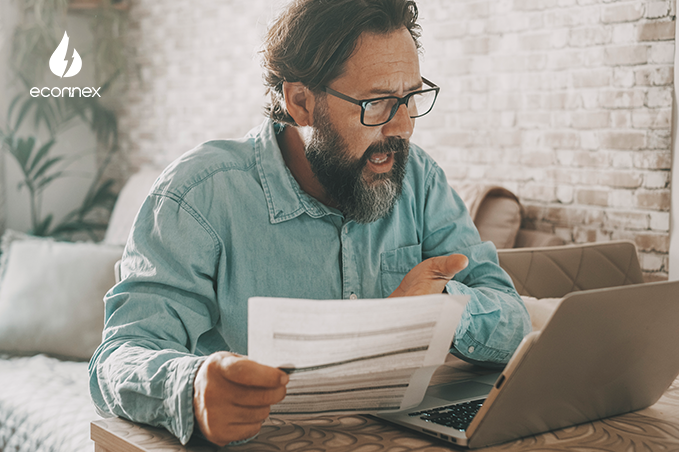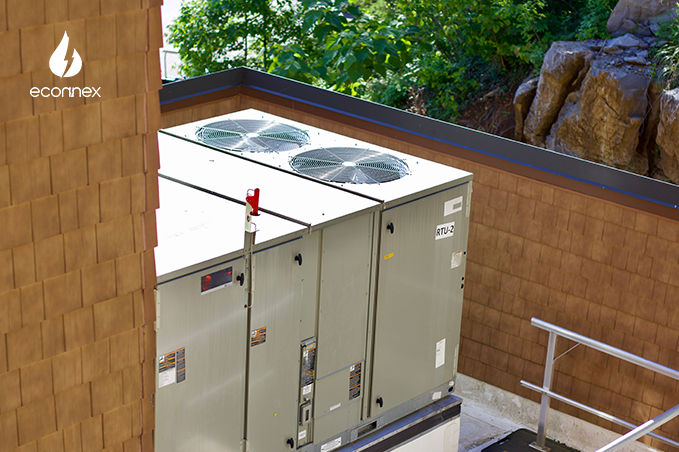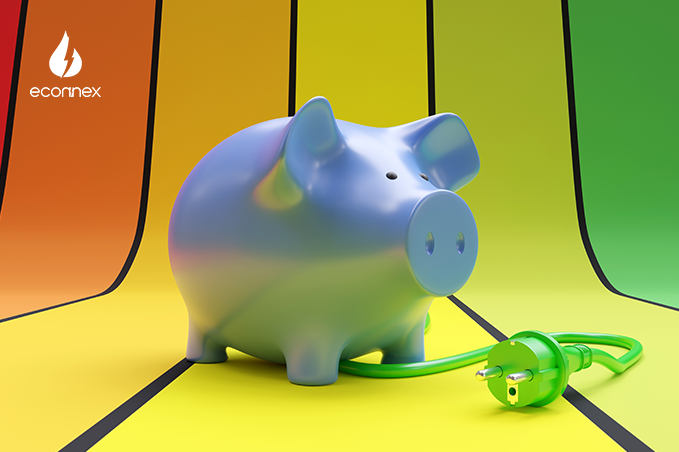Econnex – Electricity And Gas Comparison – How Do I Read My Gas Bill?

Published on 28/09/2023
By Rajesh Kumawat
Energy Comparison
Gas bills can be confusing to read; there are a lot of terms and figures that don’t make much sense at first glance. To take the mystery out of your gas bill, simply read our helpful guide.
Your gas bill should have the following parts up to the top:
Across from this may be information about assistance in the event of an emergency, or general inquiries.
This section deals with your charges in detail. The easiest way your gas retailer calculates your bill in cubic feet/meters then expressed as megajoules (MJ, a unit of energy.) It will also give information on your supply address and meter reading interval.
Gas retailers split gas charges into tariff blocks – this may vary. You may have one standard block or many different blocks. For example:
Block 1 – Gas consumption of 3000MJ @ $0.022450 = $67.35 Block 2 – Gas consumption of 3500MJ @ $0.019450 = $68.08
On top of your usage charge is your supply charge. Think of it as the tariff for the upkeep of gas lines and administration. This is a fixed cost per day.
Your bill itemizes these charges as a base price. Your bill may also show eligible senior discounts or credits if you have overpaid a previous bill.
The next line item adds Government GST to this base price. Some bills might give you an indication of when your retailer will next read your meter.
This section tells you how you can pay your bill. You can usually pay via Direct Debit, BPAY, Credit Card (may incur a fee), or by mail. Some retailers may include a link in an online bill, giving you access to payment via PayPal.
Statistics showing your gas consumption over time (in a graph or chart) may also appear here. This may compare your usage from month to month, or what it was compared to last year.



